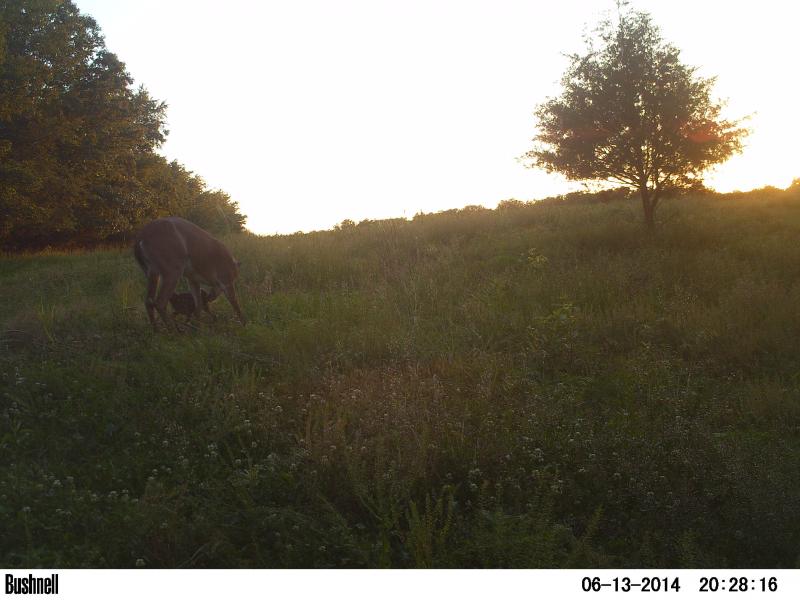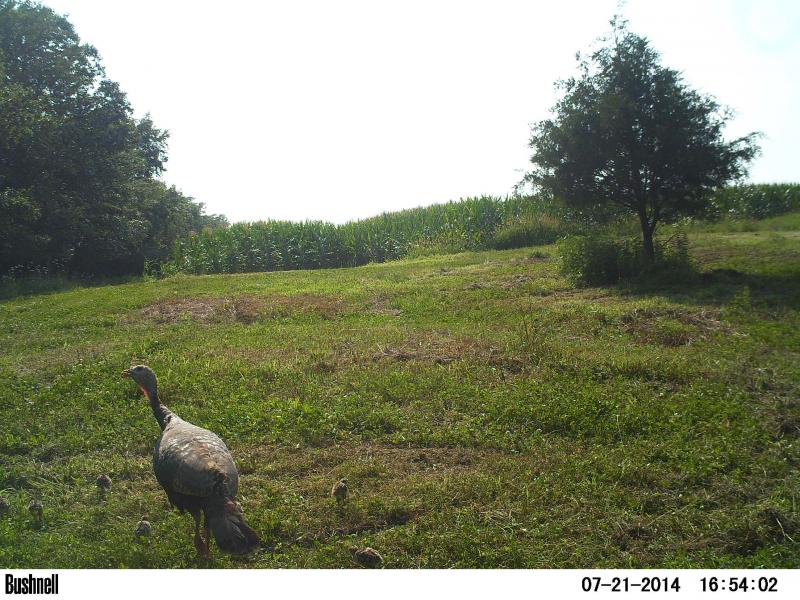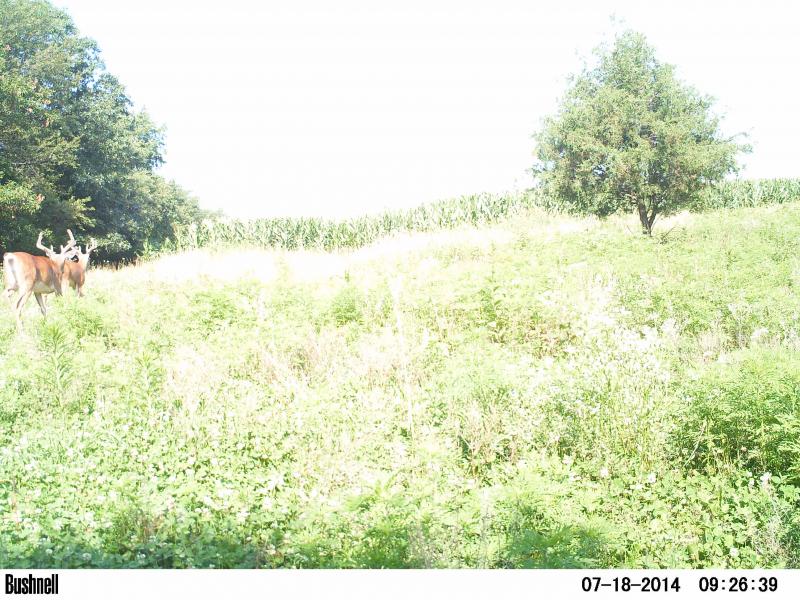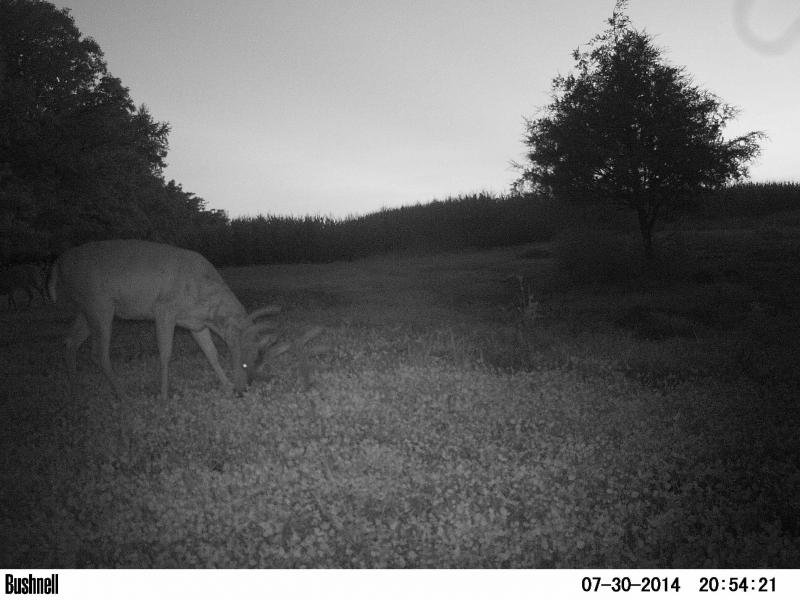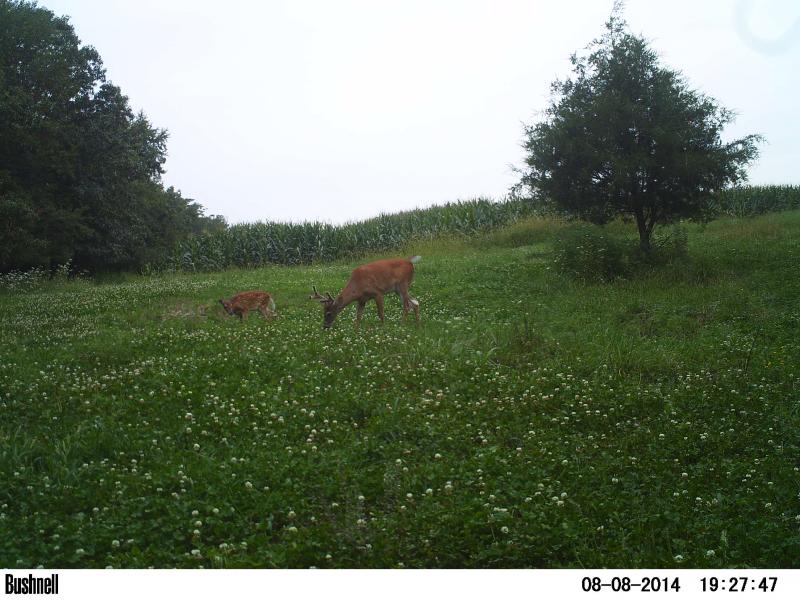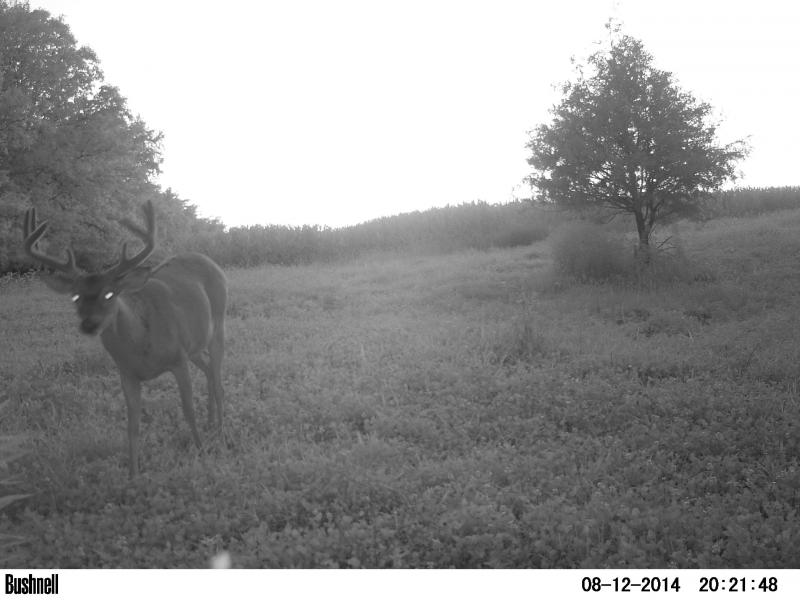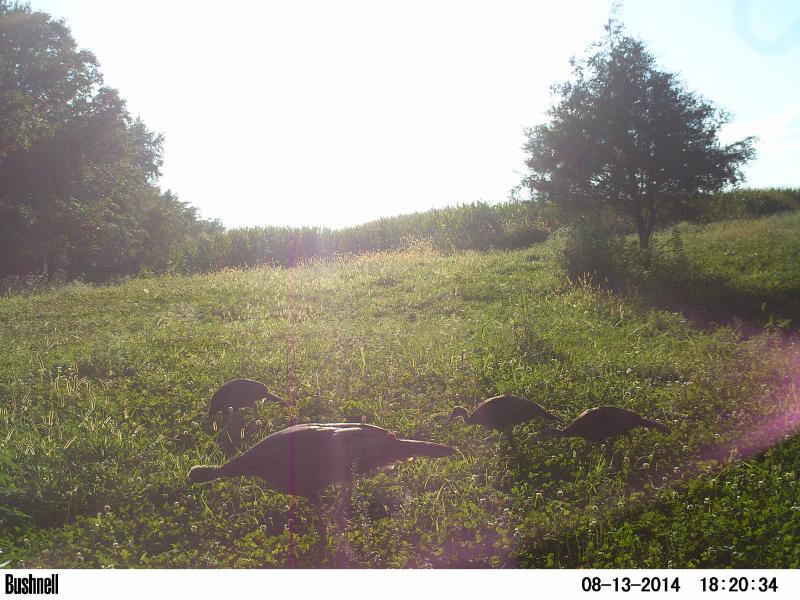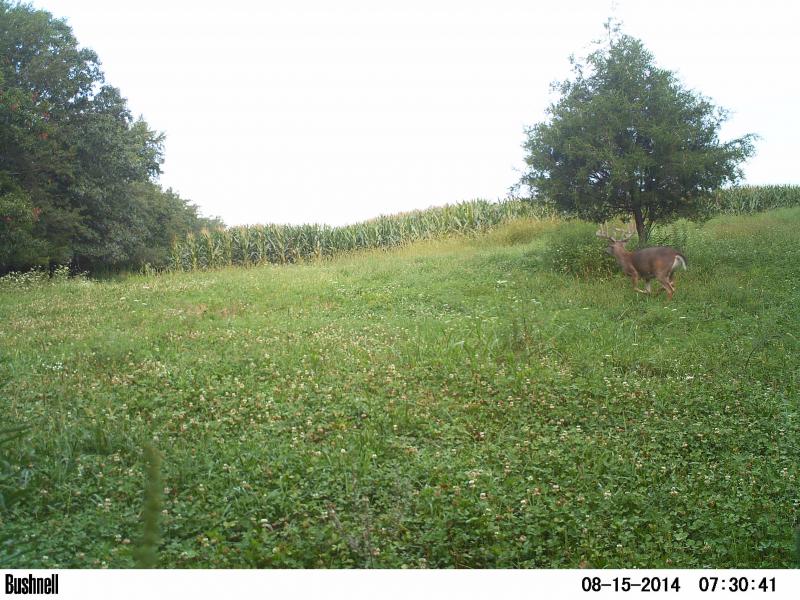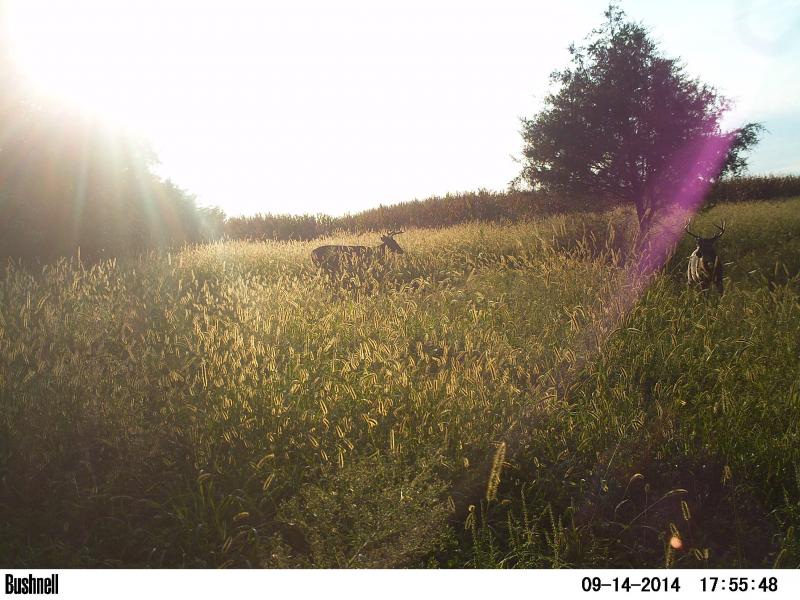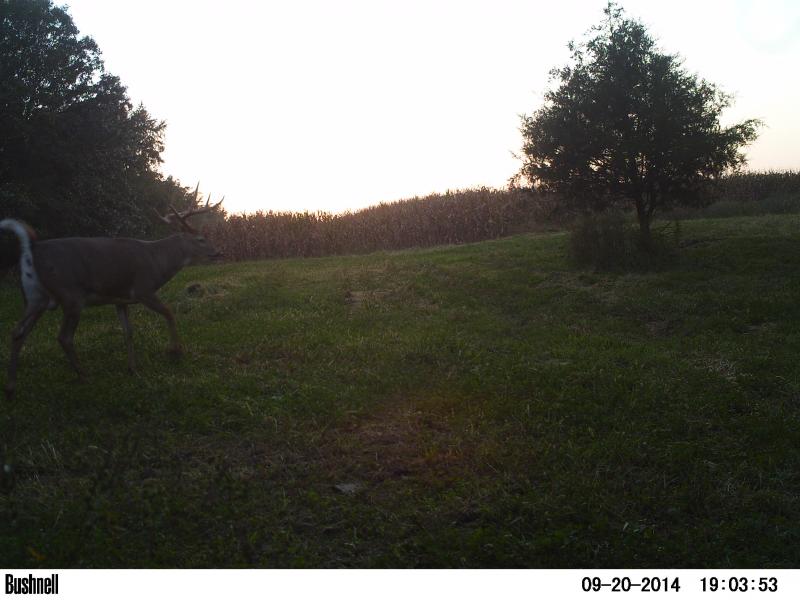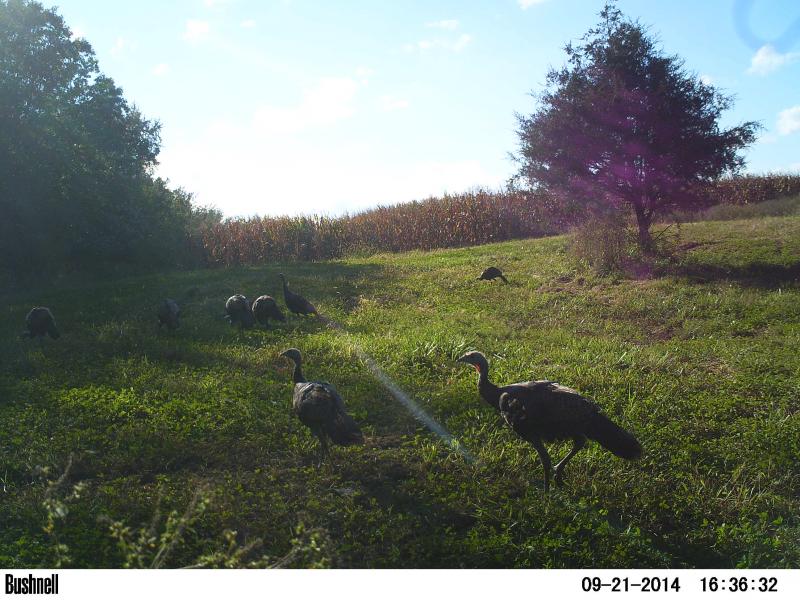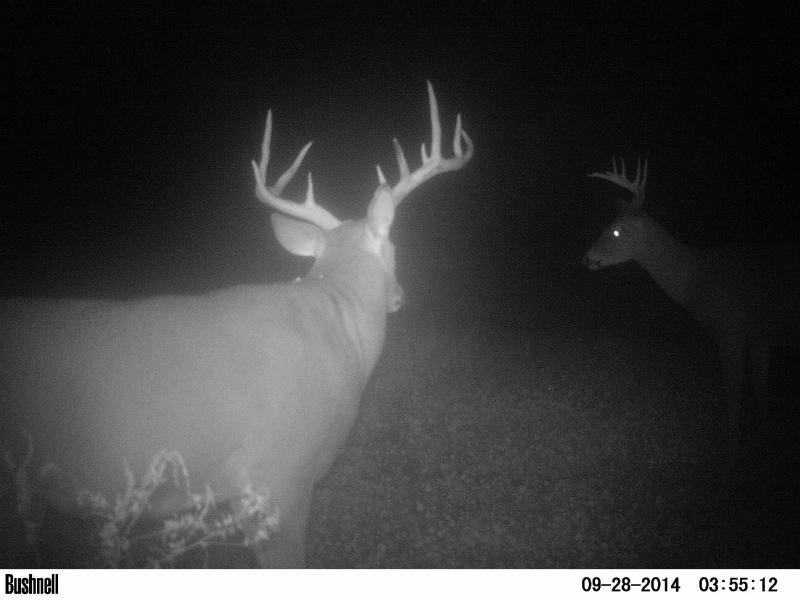I priced out some Berseem this year locally here.... Good gosh, went up. It was almost $4 a lbs!!! used to be one of the cheapest. And for good reason, it's really just a one year clover you plan on discing up to feed & build N.
For discing up, feed, building soil, fixing N, I'm going to try this in 2015 spring planting season.... BALANSA clover, it's "New" at least it claims, here's a welter's link....
http://welterseed.com/ProductDetails.aspx?id=587
It's cheaper, it reseeds itself if needed. fixes N. one thing it claims, I believe will be true BUT we'll see... Deer like it. Suppresses weeds, etc. (oh, and good on wetter locations if needed, much like Alsike, followed by whites)
So, for permanent locations of clover, I'll do a variety of whites, red, Balansa & Crimson.
If I'm going to disc it up..... Heck, I probably will do the same thing BUT, I might go a little lighter on the expensive whites and a little heavier on the Crimson, red & Balansa - mainly due to cost.
BUT, in any case, something to look into if you're getting $4 quotes on Berseem which is insane. Stick with Crimson, try this and then the obvious whites (alice, ladino, Kopu II, Durana), alsike & red.


